A Theory of Change
I was considering a solution to the polarization that is being amplified, accelerated, and intensified by our social, economic, and political technologies.

I call myself an agent of change. My blog is entitled The Changelog, in reference to an open source project that details a chronological list of changes to the codebase. The subtitle of my blog refers to a personal vision, “Engaging in the process of design to be an agent of change.”

It took some conversations with friends to realize the missing elements in the ideas that I was forming a week ago.
My thought process was disrupted by a climate disaster unfolding in the City of Abbotsford where I live on Sumas Mountain, outside of the evacuation area in the Fraser Valley to the south of our home.
This is how the day began:
Tuesday, 16 November 2021
Here is what I am noticing today. When I wake up, I usually take the pulse of the day by listening to a podcast. Often, it is The Daily from The New York Times. But, there are many other options to choose from. Today’s episode of The Daily was focusing on the polarization in the American Empire that seems to be leading to a civil war. The conflict is playing out in the culture war of the education system as two opposing ideologies battle over the minds of their children.

Then, I enter a moment of contemplation, considering how this news is affecting me. I am thinking about how this war has been waged over and over again over successive generations. I have experienced this in my own family of origin, as my parents have attempted to control my decisions by entering into a conflict with my wife. My brothers sided with my parents. Ever since, over the past three decades, I have been ideologically at odds with my parents and brothers.
This led to a thought about polarization and what this term means. I recalled some ideas that I learned when I sought treatment for depression. In the process of learning about cognitive behavioural therapy, we explored the concept of cognitive distortions. One of those cognitive distortions was all-or-nothing thinking.
All-or-nothing thinking is one of many negative thought processes, known as cognitive distortions, that are common among people with anxiety and depression. When thinking in all-or-nothing terms, you split your views into extremes. Everything—from your view of yourself to your life experiences—is divided into black-or-white terms. This leaves room for little, if any, gray area in between.
All-or-nothing thinking often involves using absolute terms, such as never or ever. This type of faulty thinking can also include an inability to see the alternatives in a situation or solutions to a problem. For people with anxiety or depression, this often means only seeing the downside to any given situation. People who fall victim to all-or-nothing thinking believe that they’re either successful or a complete failure in life.
People with panic disorder are often susceptible to this type of thinking. If you have frequent panic attacks, you may view yourself as unworthy or inadequate because of your condition. You may also overlook how valuable you are in other roles, such as a friend, employee, or parent.
/negative-thoughts-56af37c73df78cf772c1abda.jpg)
Our thinking can affect the way we perceive reality. If we have a tendency to think negative thoughts, which prevent us from moving forward in life, we might actually experience a lack of forward movement, and the thought becomes a self-reinforcing pattern. We often refer to this pattern as a self-fulfilling prophecy. We enter a state of paralysis by analysis.
This phrase lead to an exploration of terms that I had been exploring recently.
- Thesis
- Antithesis
- Synthesis
I was thinking about the design process and how service design involves a participatory process which involves research around the path that a person might take to engage in specific behaviours. This path is referred to as a journey map. People make sense of reality through stories. The hero’s journey is a way to understand reality as a conflict that precipitates a crisis and a series of actions and events that lead to a conclusion and a resolution of the crisis.
We are each the hero of our own story.
I was considering a solution to the polarization that is being amplified, accelerated, and intensified by our social, economic, and political technologies.
Duality
In a conversation with Richard Struppi Pohl, I suggested that there are three basic steps in a process of change that move us from duality to a resolution of a problem or conflict.
If we get stuck on the idea that there are only two options available to us, we are faced with a dilemma where we can choose either to be right or to preserve the relationship with the person or group with whom we disagree.
Process
A third option allows us to discover the areas of overlap between our opposing ideas and realize there is another path forward that is the best of both worlds. The solution to the problem or resolution to the conflict is in a synthesis of both ideas and approaches. In this way, we move from competition to cooperation, from opposition to collaboration, from political impasse to participatory process.
Catharsis
Struppi suggested that I add a fourth element to my process:
- Thesis
- Antithesis
- Synthesis
- Catharsis
As I was thinking about what might come next, the whole which is unpredicted by the parts taken separately, I thought about the unseen and emergent that Nora Bateson describes in her article on aphanipoiesis. We could add a result, a transformation.
- Thesis
- Antithesis
- Synthesis
- Catharsis
- Metamorphosis
I wondered if there might be a way to think through a more complex or complete series of events that might explain the patterns that we observe in human organization, as cultures move from innovation to tradition. Typically, as creative, collaborative, self-organizing learning communities evolve over time, they become routine, competitive, hierarchical, systematized bureaucracies that seek homogeneity, predictability, efficiency, security, and self-preservation. The life cycle of living organisms is a disrupter of this tendency toward the exploitation, accumulation, and hoarding of resources in an environment by a single apex predator. Death and new life are able to continue the learning process in an evolutionary system that creates resilience through adaptation, complexity, and diversity, rather than through homeostasis, simplicity, and homogeneity. The universe is neither an amorphous cloud of energy nor a solid dense mass of a single substance. Life requires process, change, and transformation.
There does appear to be a wave pattern, like a heart beat. There is a rhythm which is neither a flat line nor a constant state of energy and excitement.
What if the successive waves of life could be measured over time? Could we detect a heart beat in the rhythm of these life cycles in the living processes that have been gestating on Earth?

- Stasis
- Mimesis
- Emphasis
- Crisis
- Thesis
- Antithesis
- Analysis
- Paralysis
- Psychosis
- Kenosis
- Synthesis
- Catharsis
- Metamorphosis
I suggested the list above to my friend, David Bluhm, who goes by Ohkn in the Design Science Studio, where we had just completed a session with Tony Patrick on world building. Immediately following this session, we had joined a decompression session in the Futurists Café with Brian Krawitz and Julian Ramirez, led by Maria Andrea.
When there were only myself and Ohkn left in the Zoom session, we were discussing the concepts that had come to my mind earlier in the morning. I got to the part where I was describing kenosis. The word refers to a moment of surrender, a self-emptying, a giving up of power and authority.
Ohkn raised a question, “What would be the catalyst for this process? Where would you add catalysis?”
“Is that a word?” I asked. “You are right! There is something missing between psychosis and kenosis. That wouldn’t just happen without a catalysis.”
Catalysis is a term describing a process in which the rate and/or the outcome of the reaction is influenced by the presence of a substance (the catalyst) that is not consumed during the reaction and that is subsequently removed if it is not to constitute as an impurity in the final product.

A Theory of Change
For the sake of having 15 elements in this process of change, I added osmosis and the learning process that tends to happen within cultures that leads to a steady state, a period of homeostasis, any process that living things use to actively maintain fairly stable conditions necessary for survival.
- Osmosis
- Stasis
- Mimesis
- Emphasis
- Crisis
- Thesis
- Antithesis
- Analysis
- Paralysis
- Psychosis
- Catalysis
- Kenosis
- Synthesis
- Catharsis
- Metamorphosis
Call Me Trimtab
The addition of catalysis brings us back to the catalyst that brought us together in the first place. A man named Richard Buckminster Fuller realized something at a point of crisis in his life.
“I said to myself that I have to realize that I don’t know why I’m here, and that it’s not really for me to say that this particular inventory of experiences should be removed from the availability of others. I realized that we are born to help others, and that each of us is related to all humanity. I saw that if I really looked at myself as some part of the grand design, I might represent in my experience some links that might be useful for humanity, and that might be lost if I were to throw myself away.”
Excerpt From: Richard J. Brenneman. “Fuller’s Earth.”


Call Me Edge Effects
I was wondering what I should call myself. I have been recognizing that I purposely avoid being at the centre of things. I find it terribly uncomfortable. I don’t like the responsibility and the inevitability of failure. Even though I am often drawn to the centre because I offer an array of skills and experience that is valued enough to be exploited but not necessarily compensated.
Whether by design or by circumstance, I tend to find myself operating at the margins, flying under the radar. Recently, I have become to recognize this as my super power.
In ecology, edge effects are changes in population or community structures that occur at the boundary of two or more habitats. Areas with small habitat fragments exhibit especially pronounced edge effects that may extend throughout the range. As the edge effects increase, the boundary habitat allows for greater biodiversity.
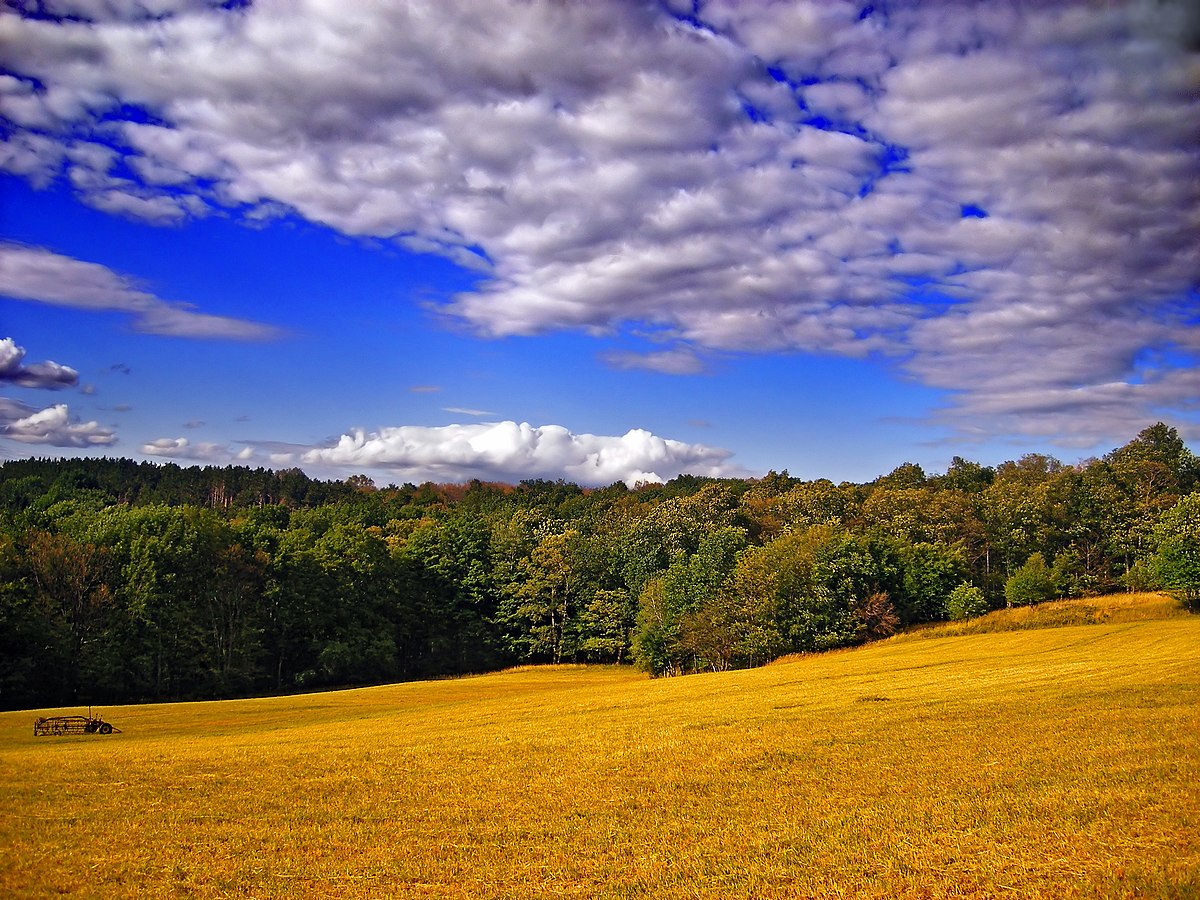
I was thinking about how my influence in a network, in a living system, is typically invisible to people at the centre of a hierarchy, unless I make it visible.
“If we are doing our job well, design is 99% invisible.” — Roman Mars

I seem to have an ability to perceive the changes that are necessary to transform complex systems and to find ways to bring those changes about through a process of failure, research, discovery, learning, prototyping, testing, and iteration—in other words, through a process of metaphysical design. Bucky said, “Call me Trimtab.” After five plus decades of trying to figure things out, I would say, “Call me Edge Effects.” I was born for this.
That clarity has not come easily. But it is becoming much more clear as I recognize that the Design Science Studio has been something I have been preparing for over a lifetime. For me, this community feels like the fulfillment of dreams that I was consciously beginning to form three decades ago, a reimagining of the Bauhaus, an artists collective, when I formed Bauhouse Visual Communications in 1991.
World Building
During our session with Tony Patrick, I was exploring how all these threads of ideas and relationships can be pulled together.
Narrative and character development for world building: a little-known, average, and disenfranchised individual named Edge Effects is a future detective who is engaging in collective intelligence and creative collaboration to imagine, design, and build new models to replace existing systems that have already proven themselves to be obsolete. Super powers:
- culture (values)
- connection (energy)
- community (purpose)
Values
- perception: clarity => curiosity + humility
- cognition: rationality => wisdom
- emotion: intensity => love
- action: integrity => justice
Crisis
We are having a major weather event where the land enclosed from lakes and rivers in the Fraser River Delta for agriculture are being reclaimed by Mother Earth.

We are safe where we live on Sumas Mountain. But the farmers in the valley are in imminent danger as flood waters threaten to breach the dikes and the pump station built to remove water from Sumas Lake.

Stop Reset Go
For the Stop Reset Go strategy meeting on Friday, November 11, 2021, I prepared graphics that outlined A Theory of Change that leads ultimately to a way of thinking about systems rather than individual responses to systemic crises.
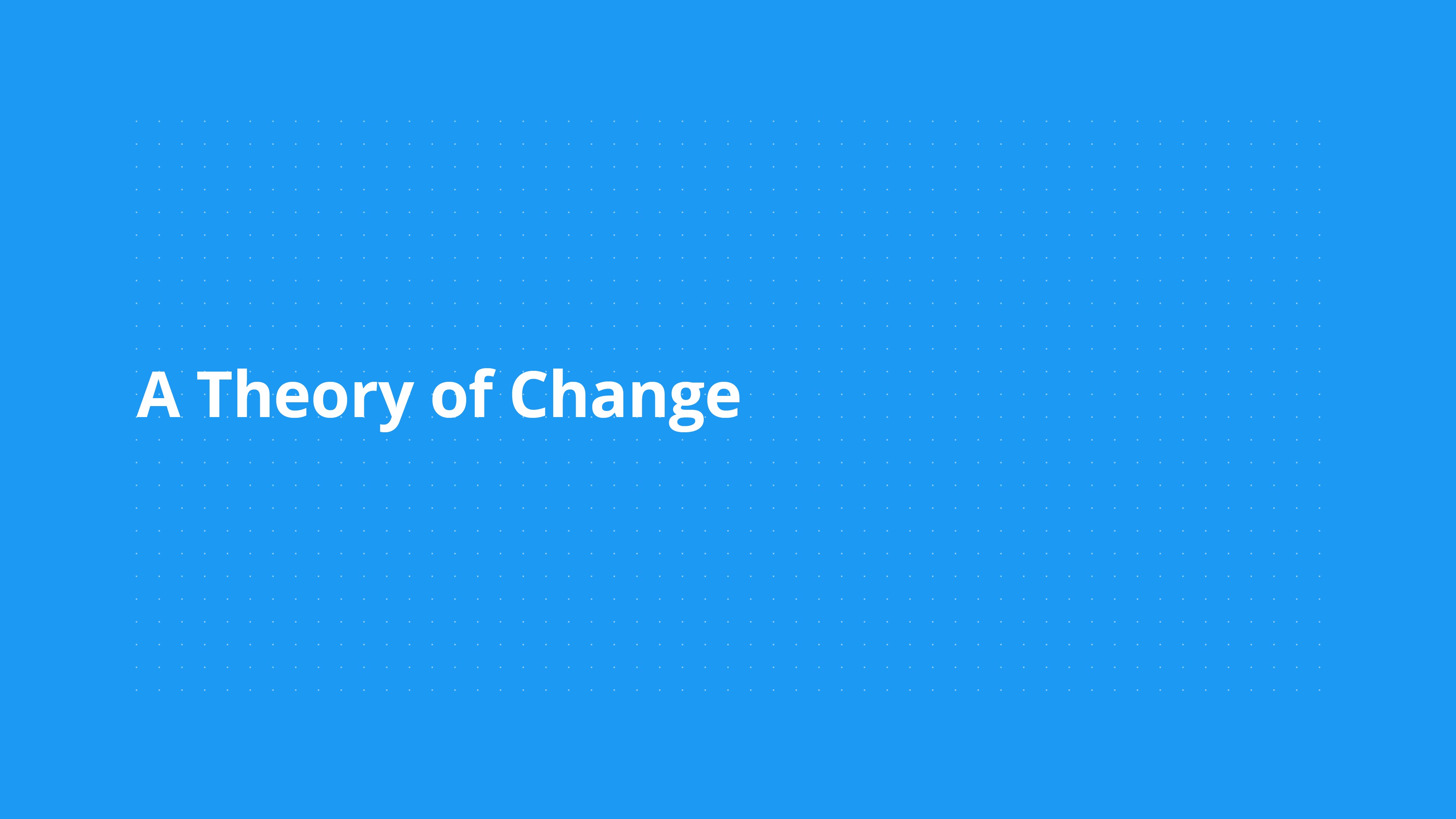
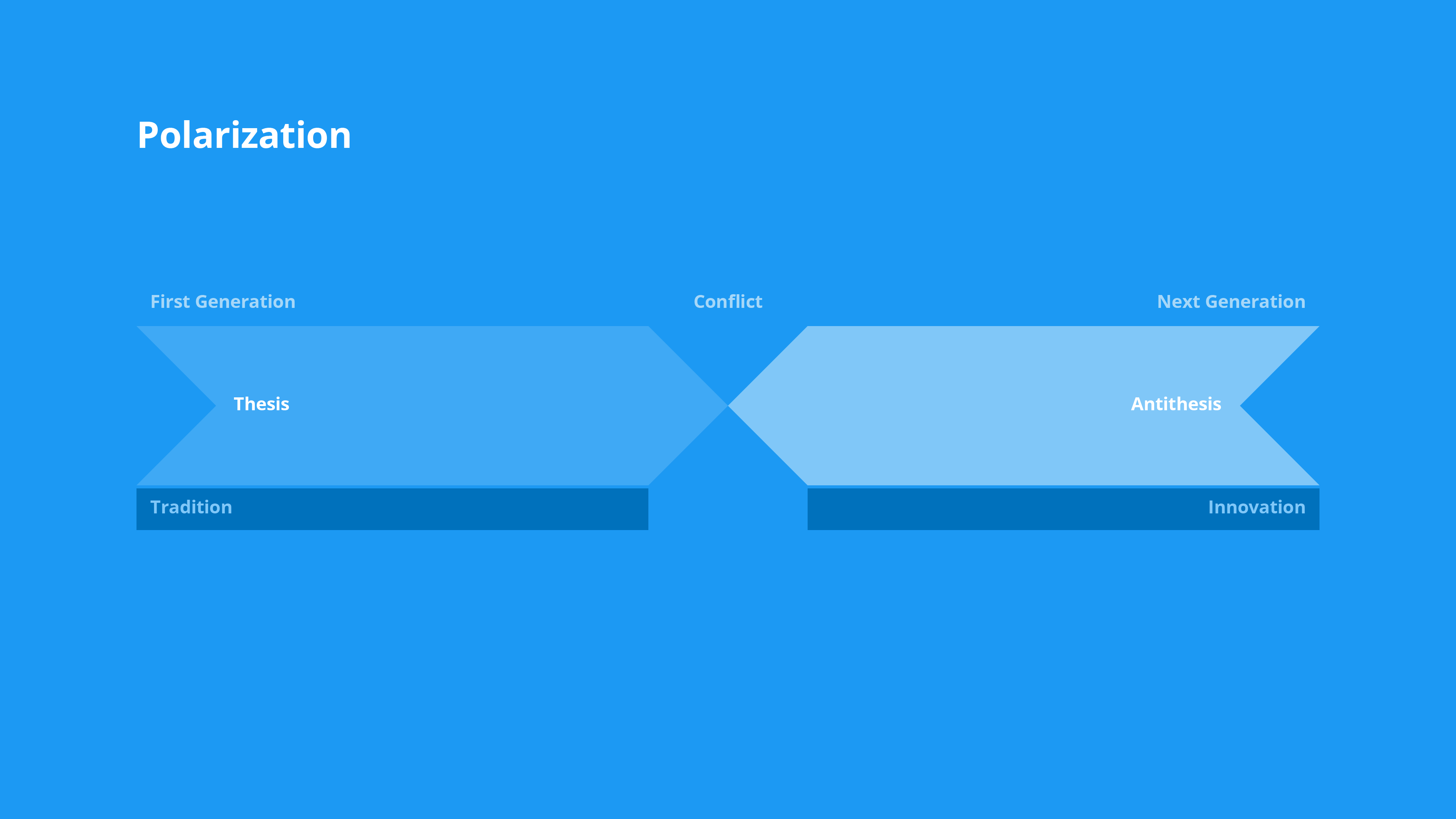
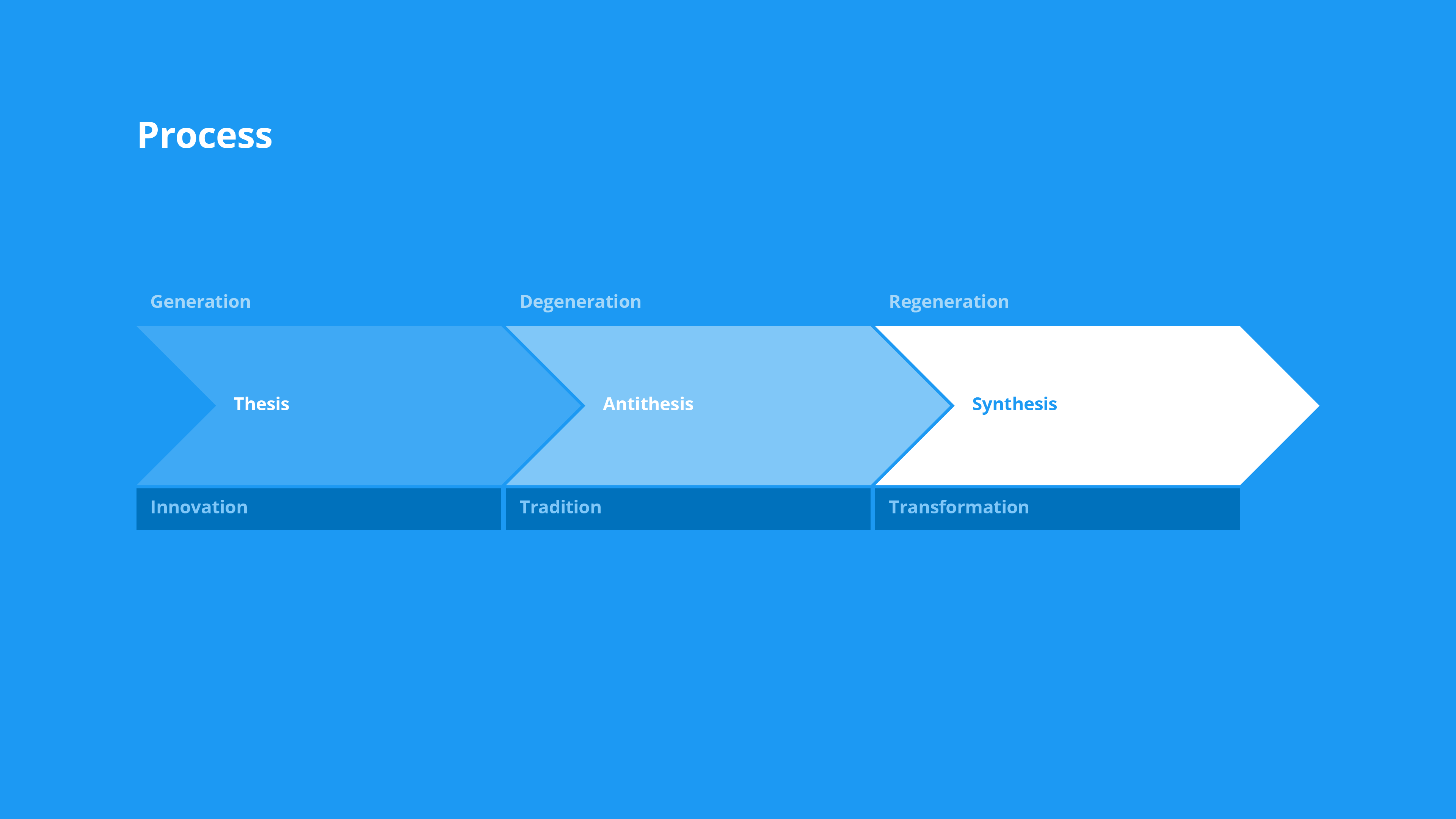
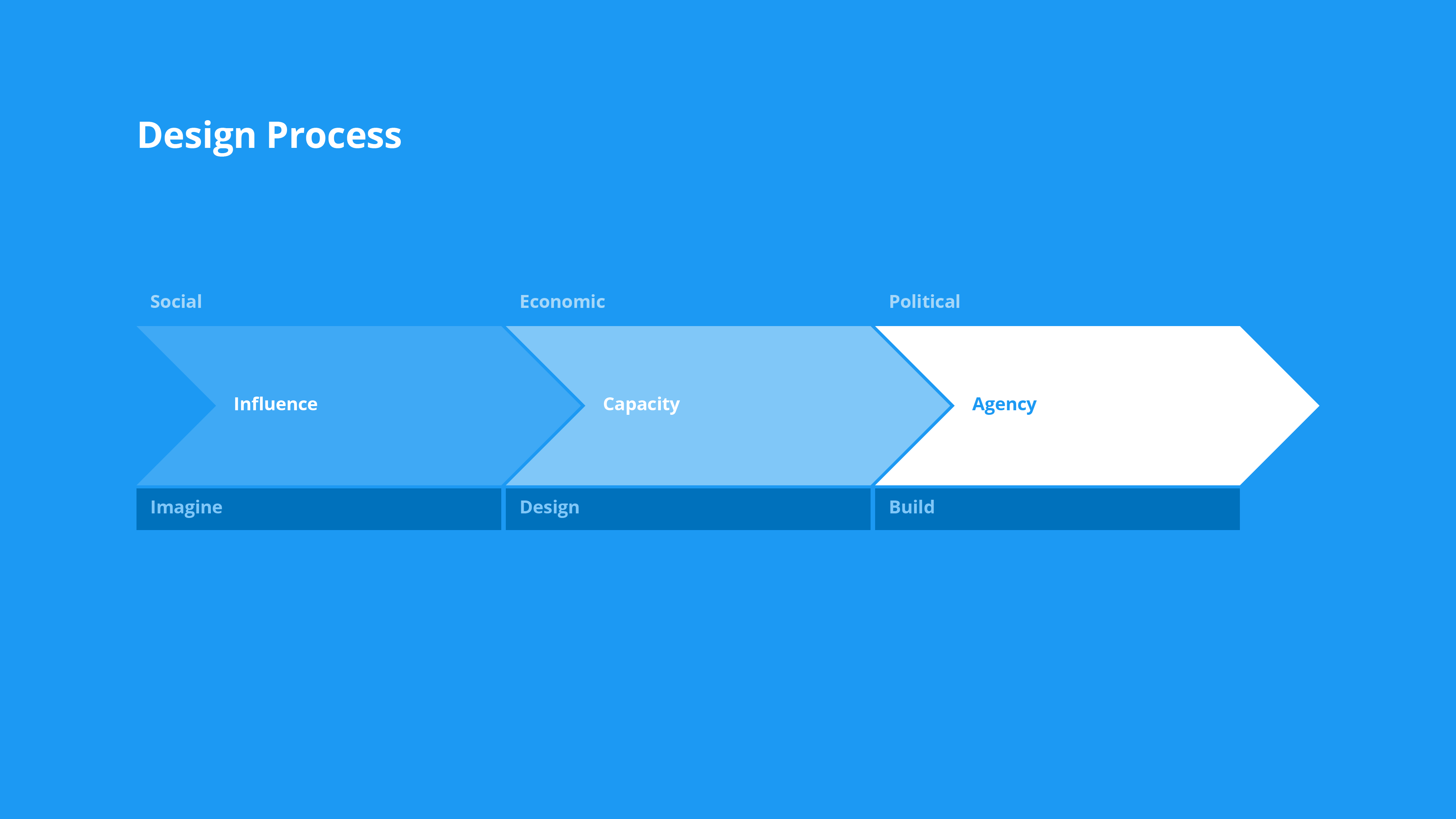
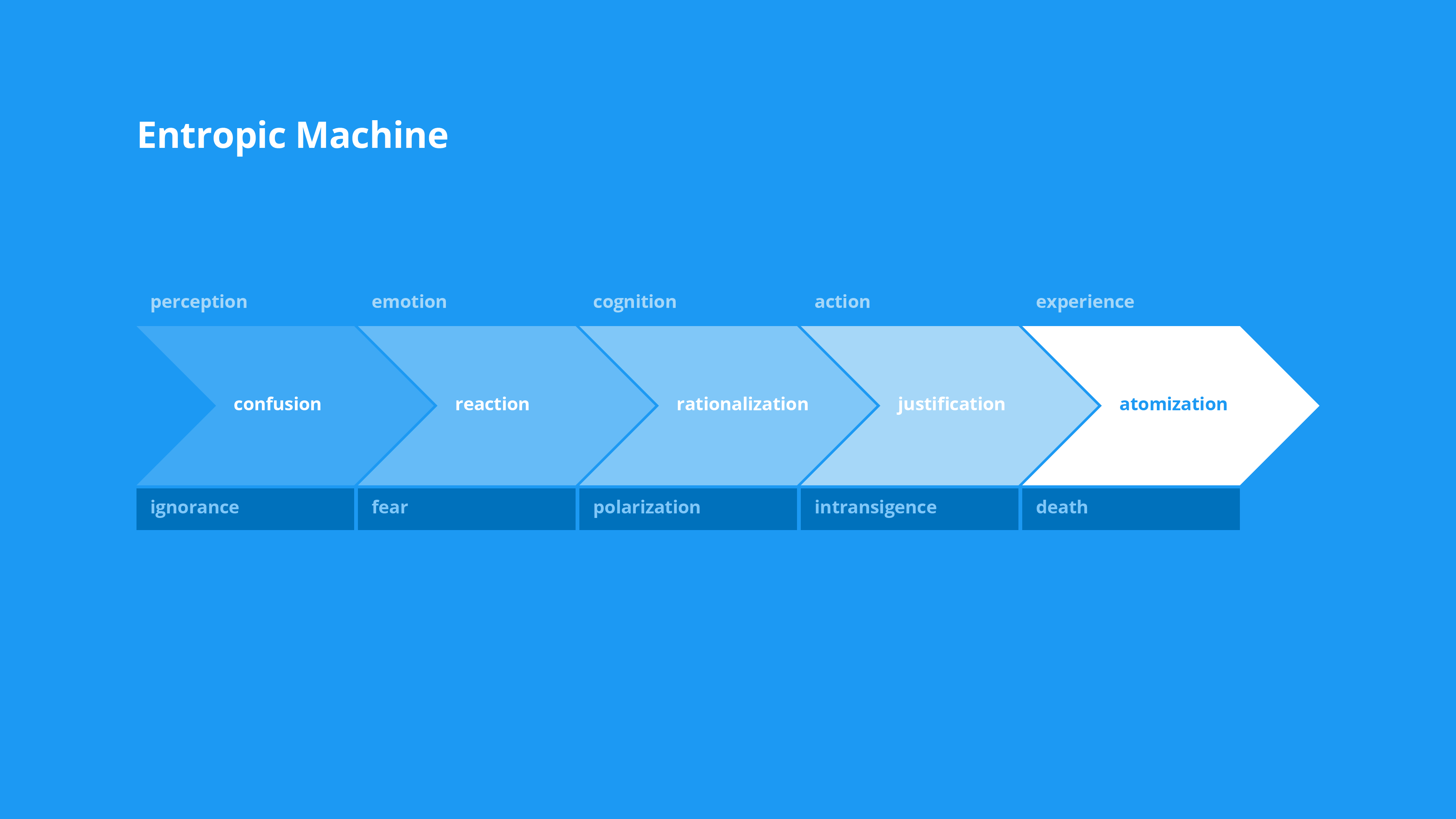
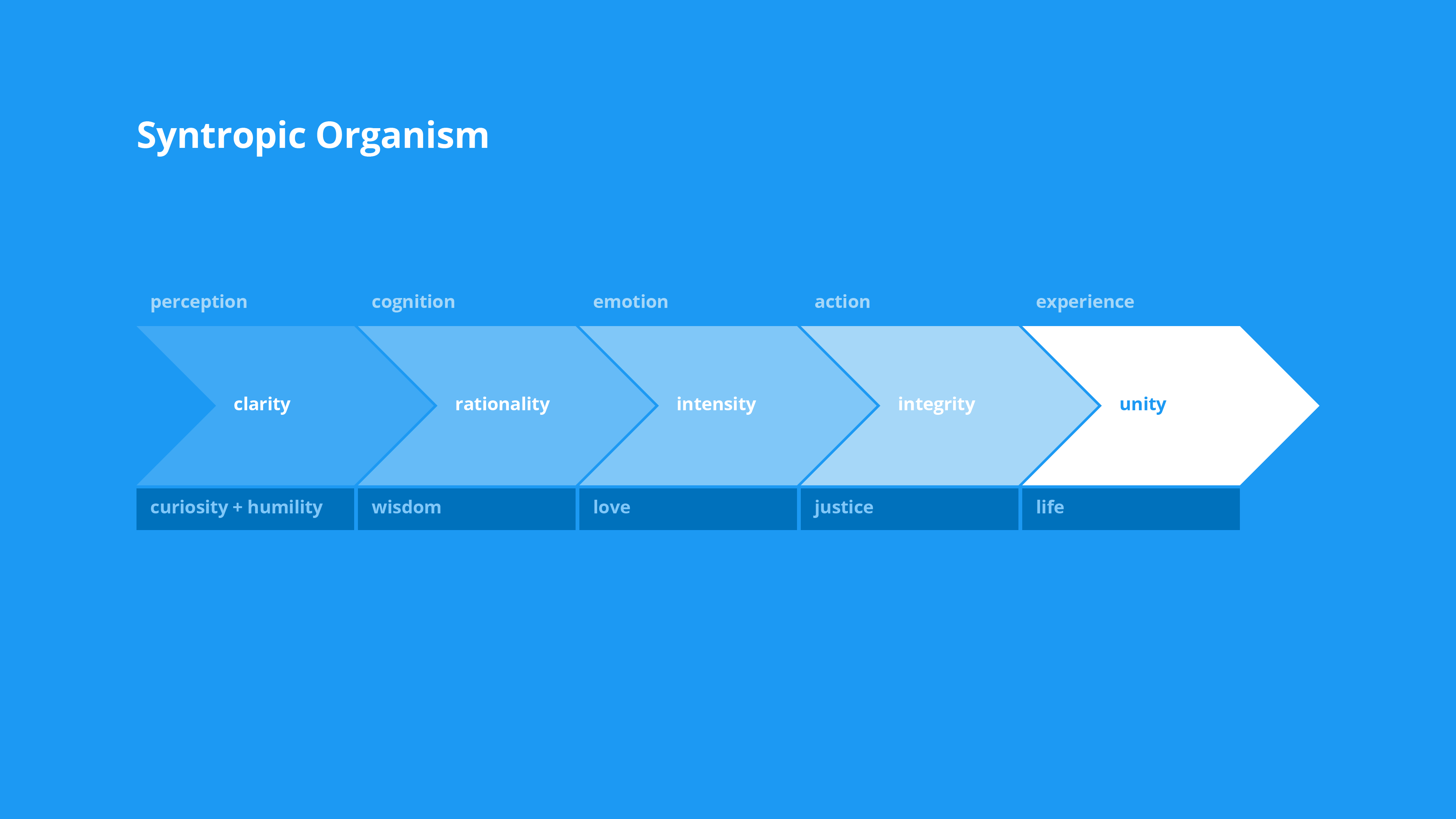
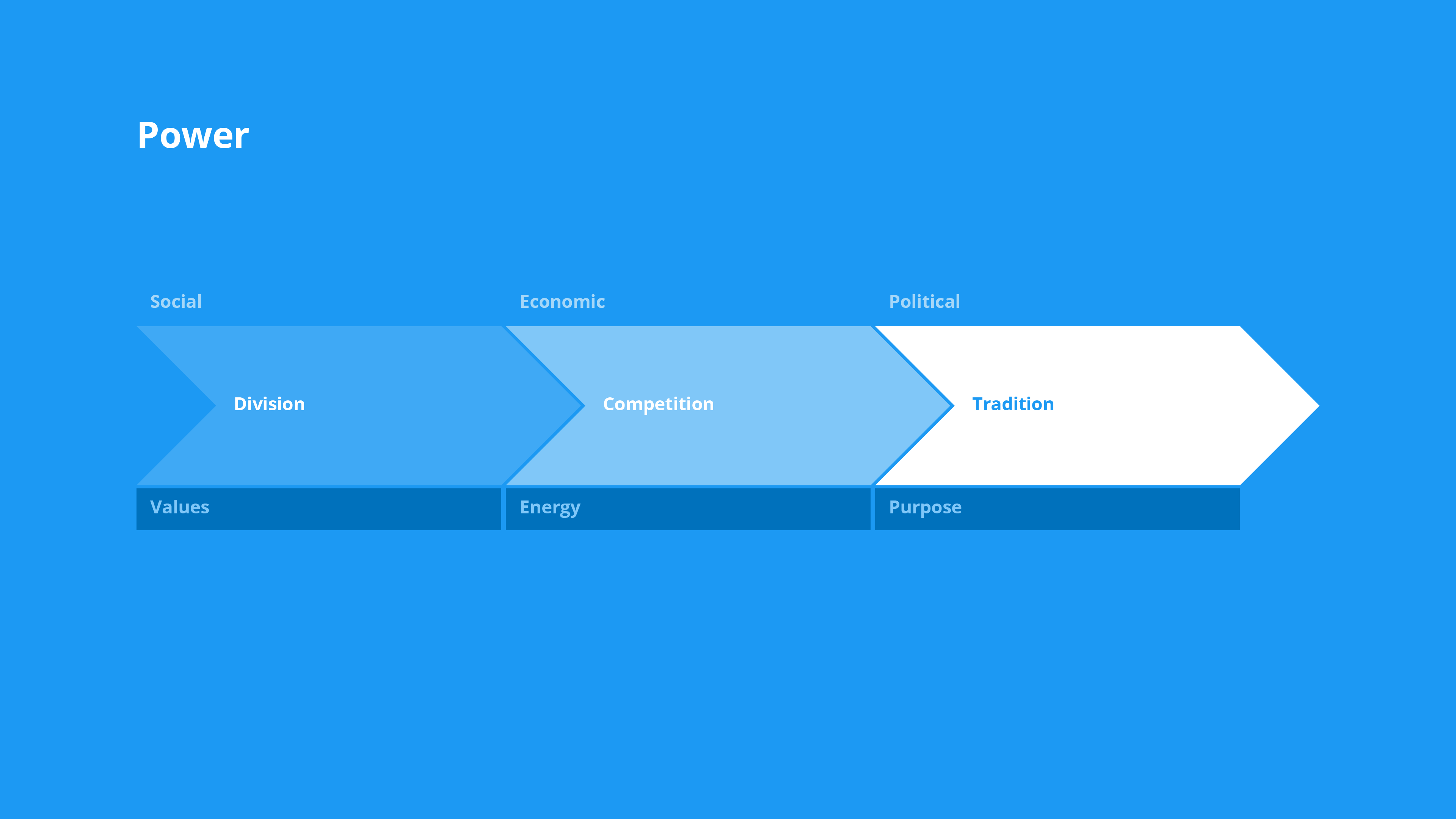
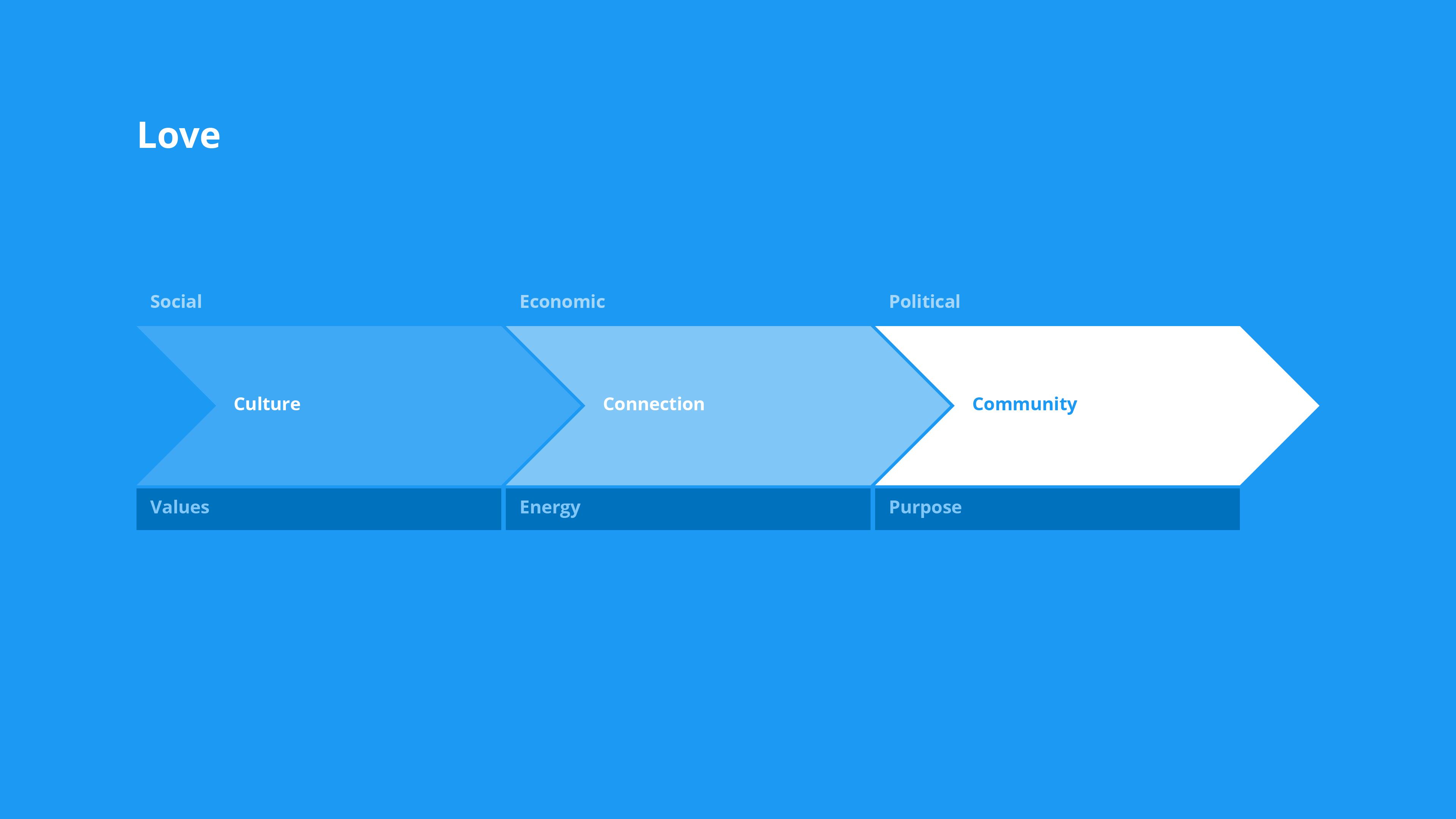
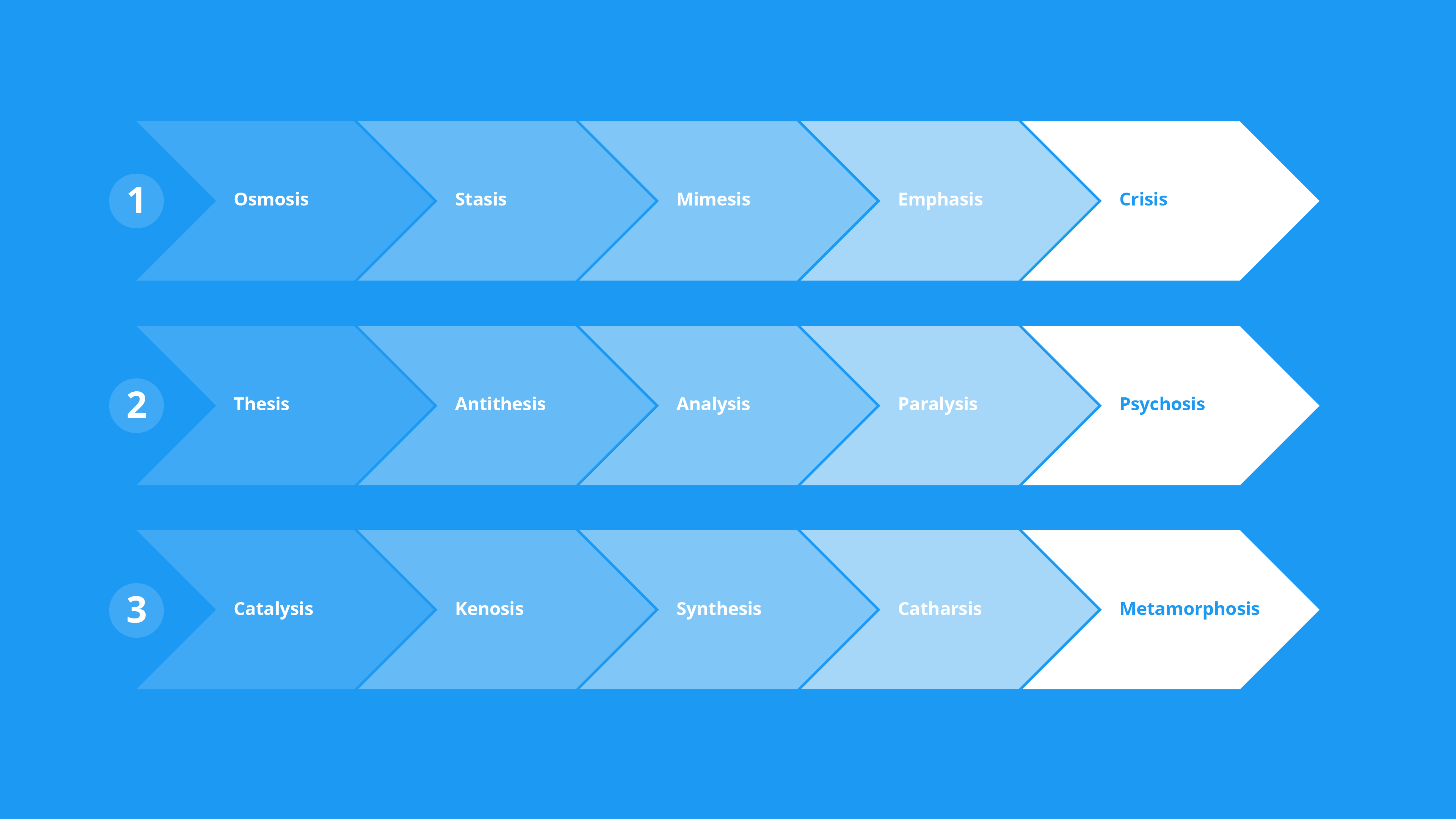
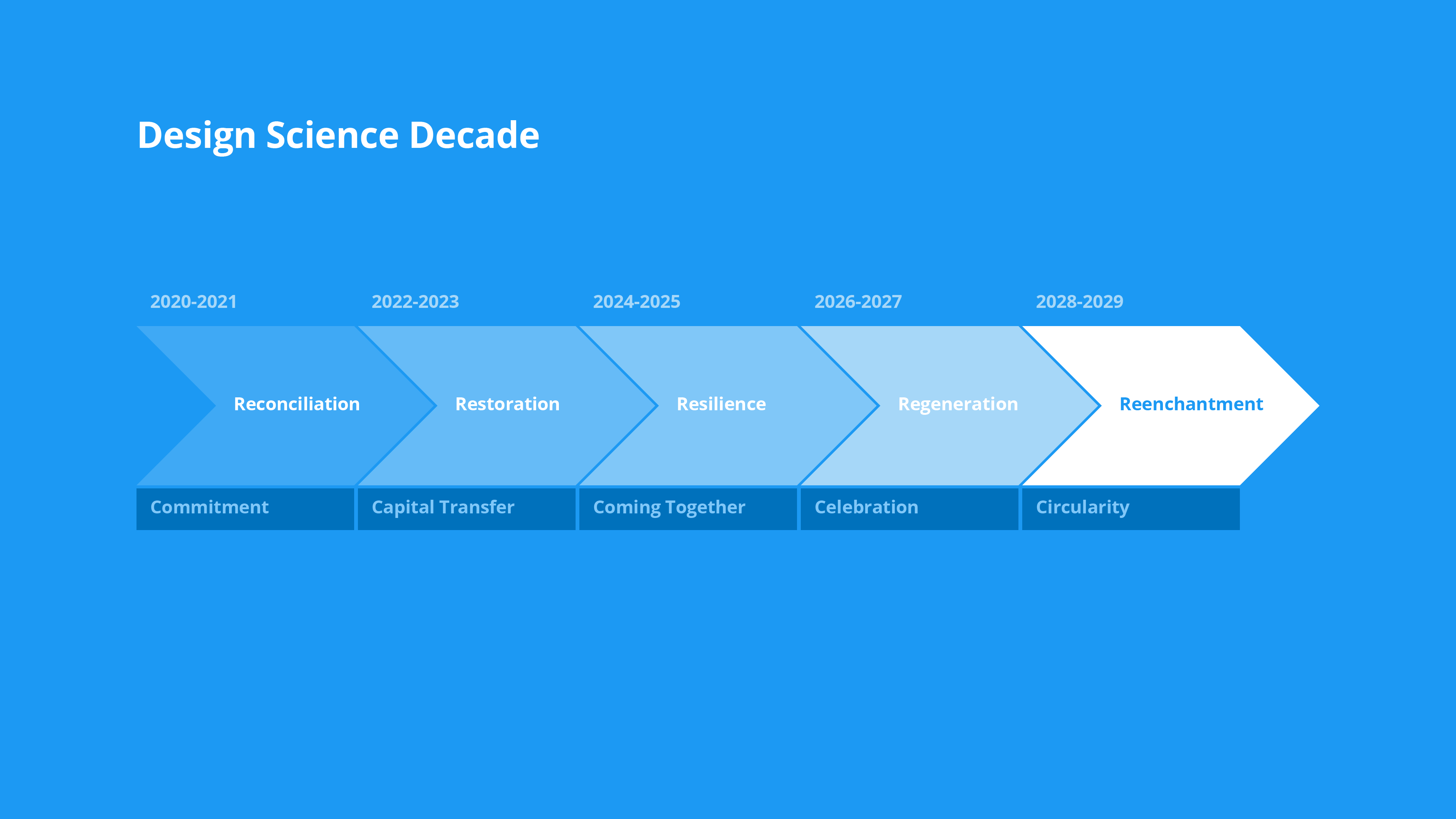
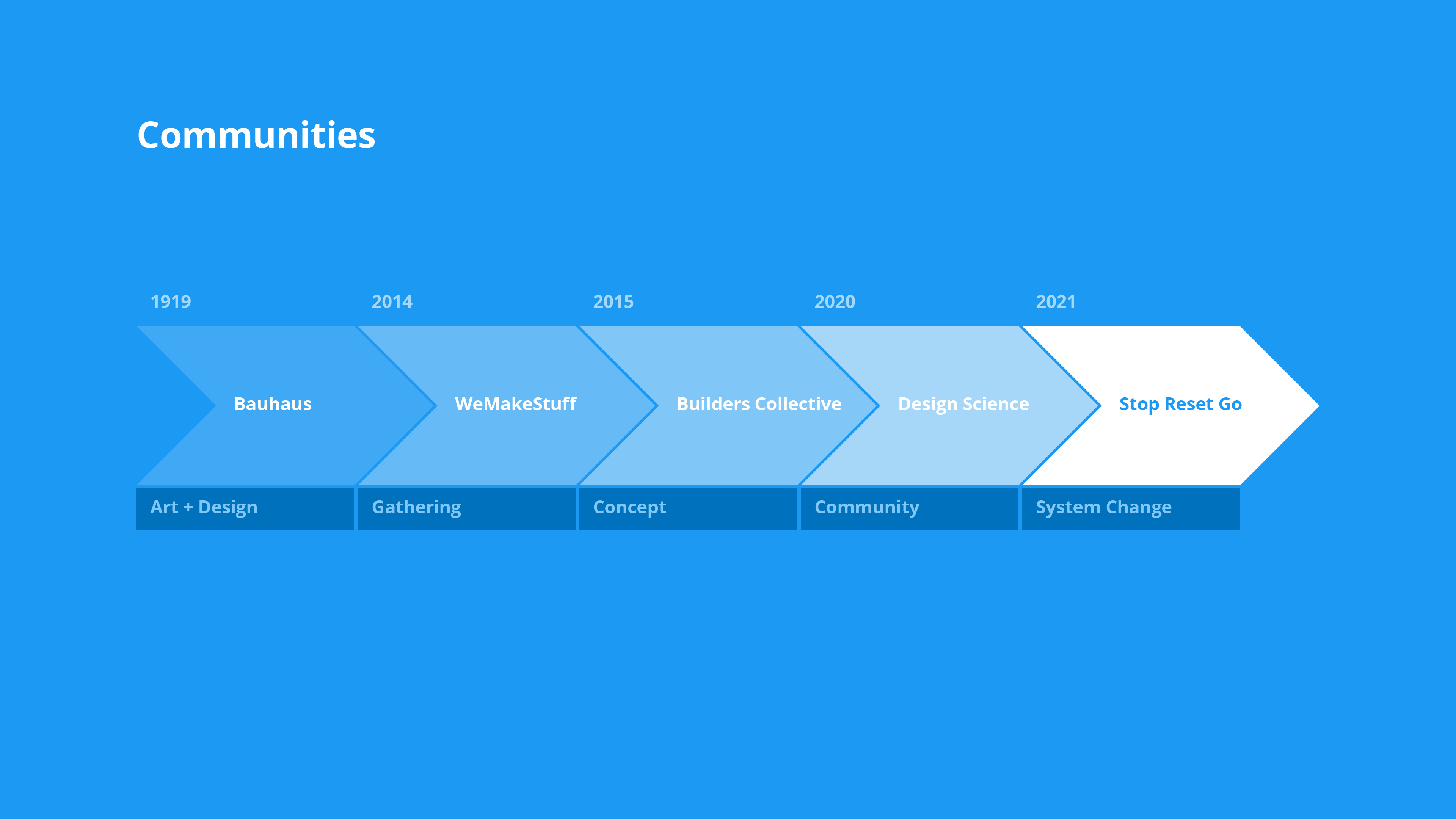
This overview of the long-term process of change helps us get out of the mindset of individual reactions to systemic changes that results in protests, strikes, resignations. What we tend not to consider in an individualistic culture is what might happen if we were able to coordinate our actions in a system that has proven itself to be obsolete.

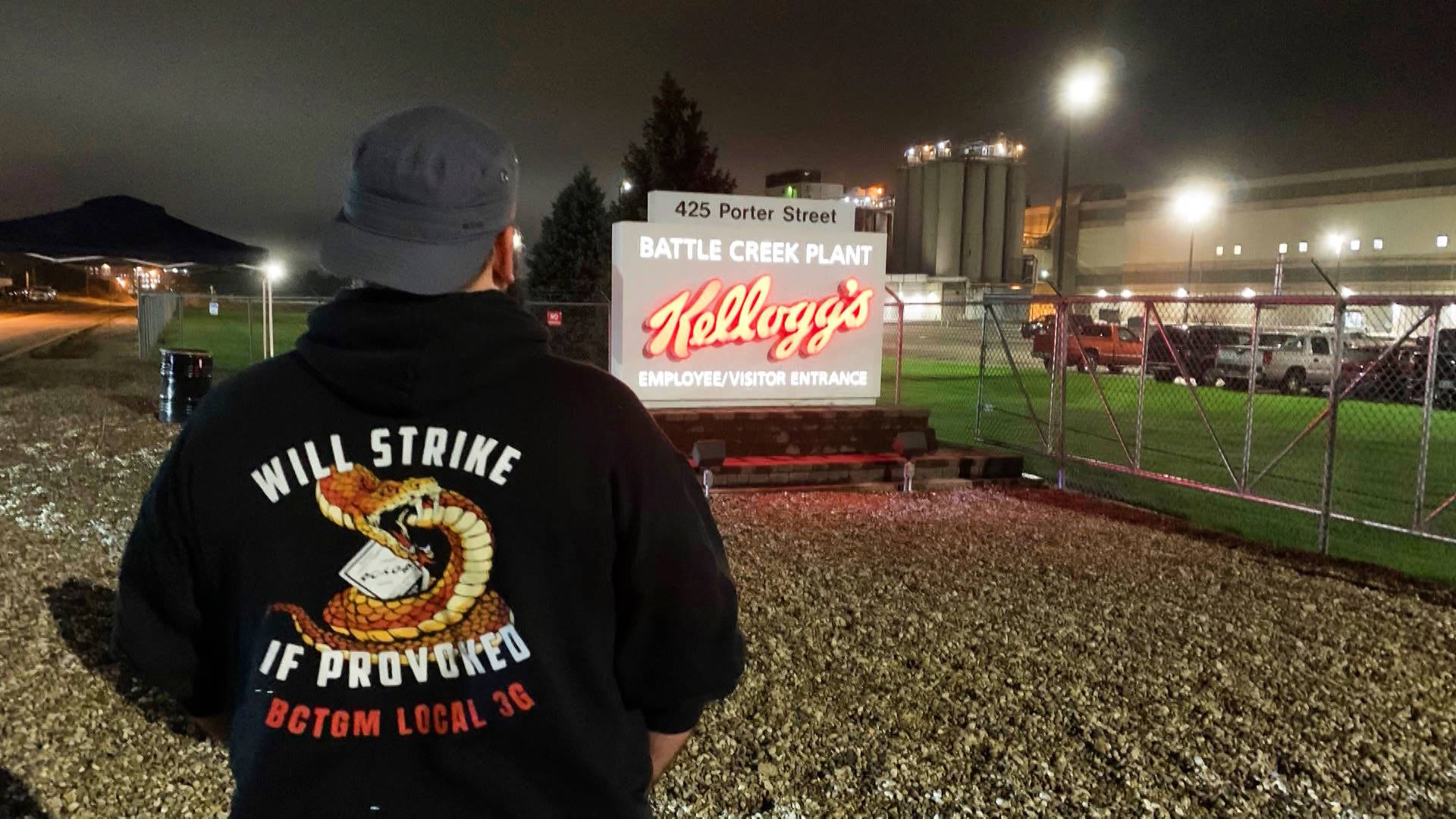
/https%3A%2F%2Fspecials-images.forbesimg.com%2Fimageserve%2F6197c1035b5fb8ad27be8bbb%2F0x0.jpg%3FcropX1%3D0%26cropX2%3D2403%26cropY1%3D0%26cropY2%3D1351)


If we recognized that we are in a living system that cannot live without all parts working in harmony, we can shift from dualistic thinking that considers only the conflict between two different mental states: the rational and the emotional. The system is far more complex than what we perceive as conscious awareness. We can take no credit for any of these technologies that nature has provided which are essential for life.
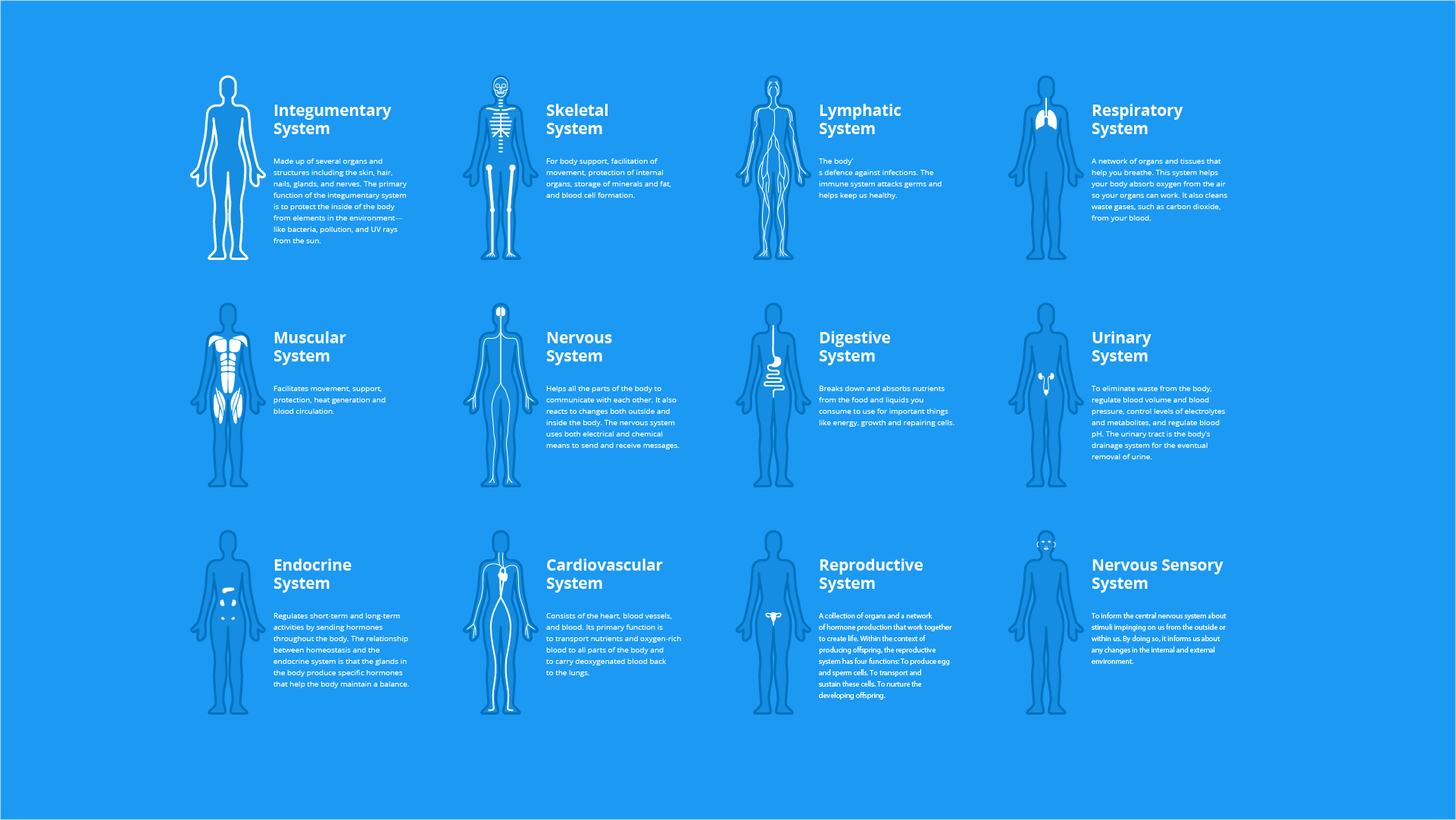
With gratitude, we can remember our true nature.
- Stop work
- Reset our intentions and values
- Go tend the garden
Change is Coming
Change is coming, whether we like it or not.










